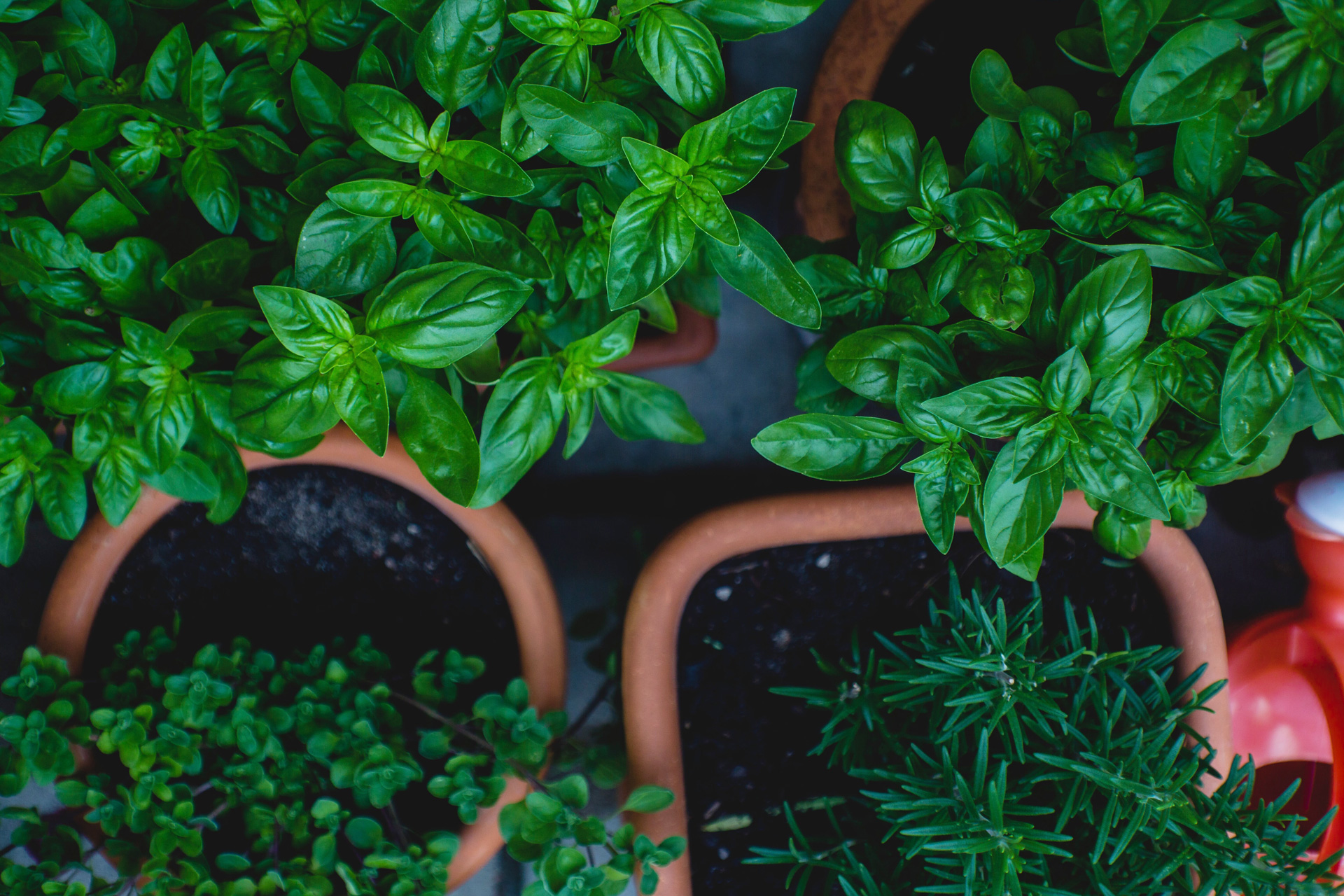
19 Oct Create a Thriving Edible Garden in Only 4 Steps
Do you ever wish you could eat from your garden all year round? Enjoy these proven strategies to establishing a thriving edible garden. After you’ve secured the space for your garden, you can try out your green thumb for what most gardeners say is one of the most rewarding and relaxing hobbies available. Most people have some space that can be used for an edible garden. You might have a small yard on the side or a large backyard. For some people, it is a balcony or a patio.
1. Assess your site
Most plants need six to eight hours of light per day, according to Douglas. The hours of sunlight the size of the site will determine which crops can grow in your garden. The experts deploy different techniques to maximize space, including growing crops vertically and horizontally. Plant pots are ideal for smaller spaces. You can invest in a plant pot made of terra-cotta, wood, fabric, or ceramic. Choose one that is functional as well as aesthetic. After ordering one online, you unfold it, add soil and plant. For larger garden sites, invest in galvanized troughs. Or buy a steel planter. Choose one that fits into your house and decor.
2. Plant in time
Planting at the right time is just as important as choosing your planting material. Look up the last time you had frost. The answers will be different for every location. The master gardener program for your region will have the answers you need. This information will also help you to know when to pull up your crop and plant new ones. Gardeners pull all their plants out and plant new crops when frost begins.
3. Select your plants
There are two types of planting material: seeds and starts. Salad greens and quick-yielding crops like arugula, cilantro, carrots, basil, and radishes should be ready to harvest in as little as 30 days. You can use seeds for these. But for crops like tomatoes, peppers, or squash, you may want to buy starts from a nursery. Your harvest will be ready quicker. You will harvest throughout the summer. Towards the end of September, you will probably be putting in your kale, cauliflower, broccoli, Brussels sprouts, potato, or romanesco. These crops should be ready after 60 days. Consider growing Italian herbs like cilantro and basil indoors.
4. Tend your crop
The first thing you do after planting a seed or plant is to water it gently and deeply. There should be enough water to saturate the soil to some depth. Douglas says you should do this in the morning daily to keep them moist until they sprout. The soil should be damp. The plants should not appear wilted. Besides water, plants need nutrients. Dissolve the nutrients in water to absorb through the leaves, or add the nutrients to the soil. They will absorb through the roots.
